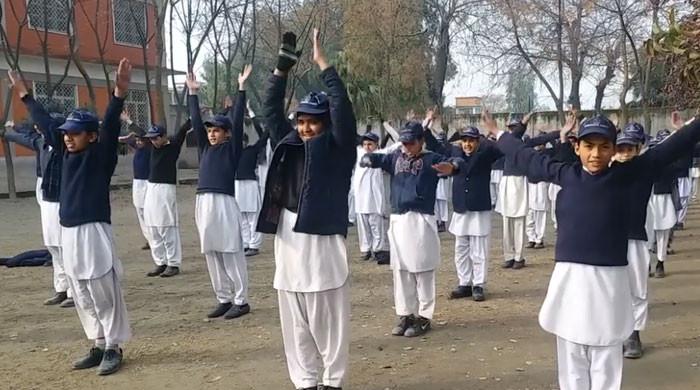In an attempt to clean the toxic air, artificial rain was carried out in parts of Lahore by the authorities, making it the “first time” in the country’s history that cloud seeding was performed in Punjab’s capital.
Lahore has remained gripped by heavy smog turning it into a “poisonous gas chamber” where citizens continue to face serious health problems during the past several months.
Addressing a press conference, caretaker Punjab Chief Minister Mohsin Naqvi revealed that they planned to seed clouds to trigger rains in 10 to 15 kilometres diameter of the provincial capital. He claimed: “10 areas of Lahore received light rain [caused by the cloud seeding technique].”
The chief minister said that most parts of Lahore received light rain, adding that clouds were generated around Shahdara and Muridke. “48 flares were fired during artificial rain,” he added.
Giving details, the chief minister said that the United Arab Emirates provided funds for the artificial rain experiment, adding that it cost the national exchequer just water expenses.
The chemicals in clouds were sprinkled with the help of two aircraft of the UAE government, he added.
Naqvi said that their eyes were on the results of the “artificial rain”, adding that smog towers would be installed in the city soon.
Cloud seeding is a type of weather modification that aims to trigger rainfall. In this process, aircraft are deployed in the skies where it releases plumes of silver iodide into the clouds. This caused ice crystals to form in the clouds, stimulating rain over targeted areas.
He further highlighted that the monitoring and attentiveness started as early as 9:00 in the morning, emphasizing an ongoing commitment to the success of the artificial rain initiative.
Naqvi also thanked the Environment Department and UAE team for their help in the process.
Cloud seeding is typically done using aircraft, ground-based generators, or rockets. The effectiveness of artificial rain or cloud seeding can vary, and it is subject to factors such as cloud type, temperature, and atmospheric conditions.
While some studies suggest that cloud seeding can enhance precipitation under certain conditions, the overall effectiveness and long-term environmental impact are still subjects of ongoing research and debate.






